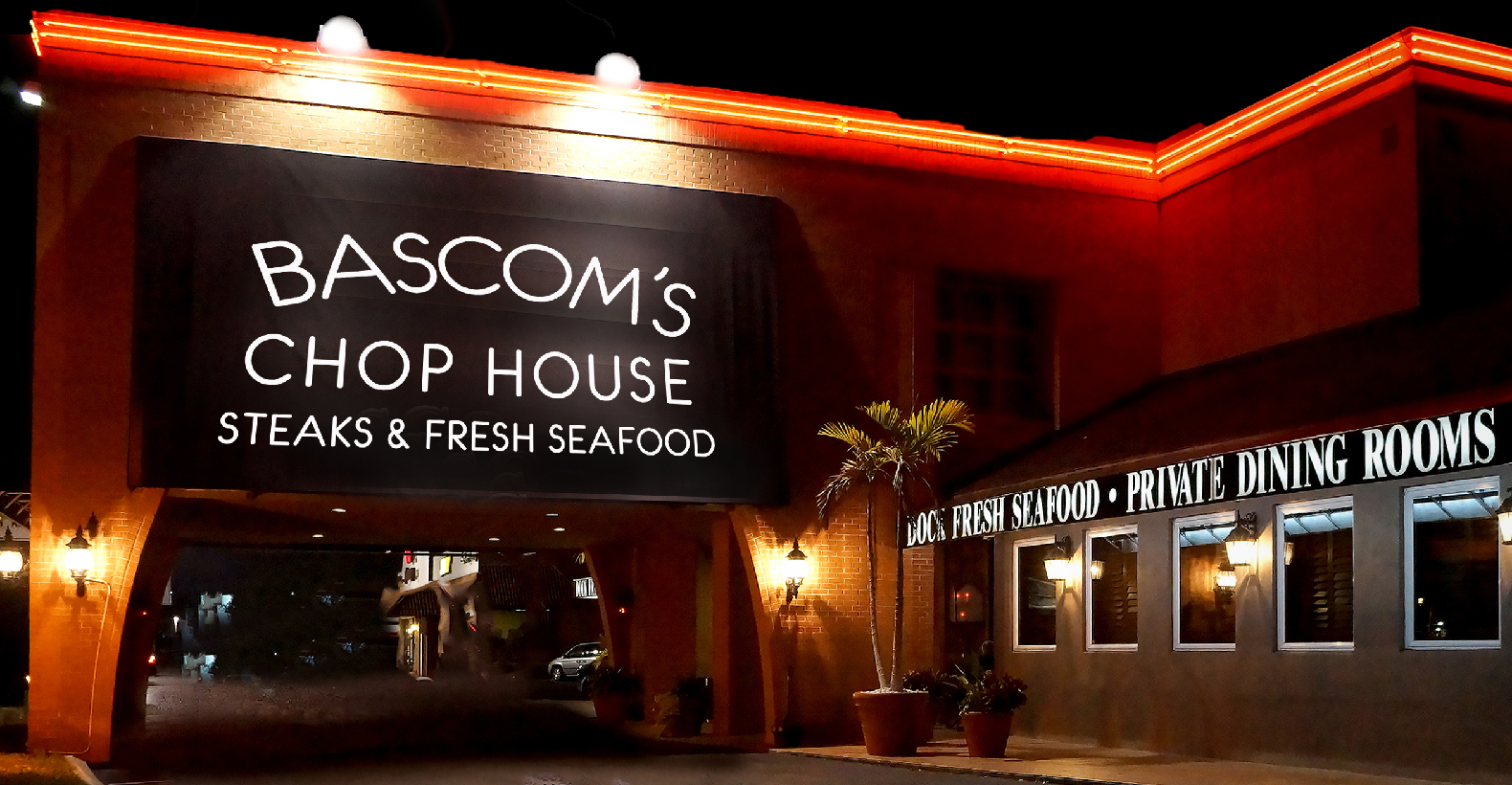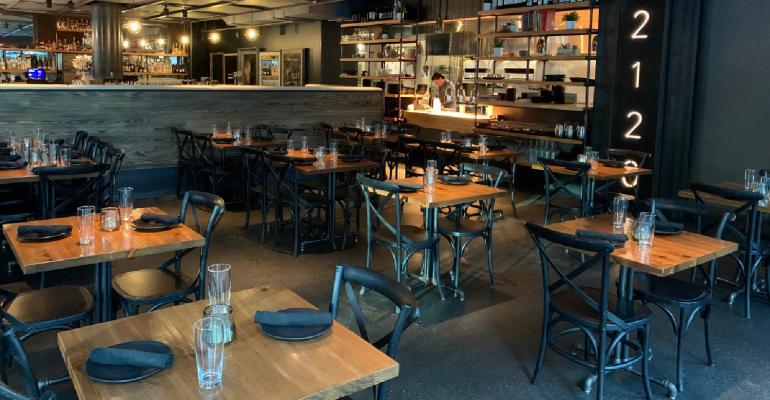The first half of 2020 has proven to be an intense period of learning, scrambling and endurance for restaurant operators. And while moments of creativity and inspiration are certainly emerging in hopeful bursts, so too are nagging fears and worries. Ever-changing regulations and economic uncertainty are now the norm as states begin to move through stages of reopening for dine-in service.
Management teams are rethinking the dining experience from the ground up, including beverage service.
 “The last few weeks have held a combination of anxiety and excitement, with a healthy dose of uncertainty,” said Chris Saenz, general manager and wine director at 2120 in Seattle. “We are treating the reopening as a clean slate to reimagine what 2120 can be for our team and our community, as we know we will not be able to operate in the conventional sense based on our previous business model.”
“The last few weeks have held a combination of anxiety and excitement, with a healthy dose of uncertainty,” said Chris Saenz, general manager and wine director at 2120 in Seattle. “We are treating the reopening as a clean slate to reimagine what 2120 can be for our team and our community, as we know we will not be able to operate in the conventional sense based on our previous business model.”
While Seattle is now moving into Phase 2, allowing restaurants to run at 50% capacity, Saenz and team have decided to wait a few more weeks to prepare for their reopening. They will first begin with to-go service, then open for in-house dining, and finally patio dining. This phased opening will allow them to control their costs on labor, ingredients, and packaging, as well as learn what works, and what doesn’t. For safety, all employees will have their temperatures taken upon their arrival, masks will be required, the restaurant will be sanitized hourly, and a detailed health log will be kept.
To help offset the lost revenue from being able to seat fewer guests, Saenz and team are rolling out a full suite of ready-to-go cocktails, complete with custom-made labels and bottles that can be returned for incentives on guests’ next purchases.
 In Clearwater, Fla., Bascom’s Chop House has already been open for dine-in for six weeks, and is currently operating at 50% capacity.
In Clearwater, Fla., Bascom’s Chop House has already been open for dine-in for six weeks, and is currently operating at 50% capacity.
“We want our guests to feel safe dining with us, and we want our staff to feel good about going to work,” beverage director and sommelier Kaitlyn Duke said. “So we have completely changed our protocols for serving food, for clearing and bussing a table, as well as for beverage service.”
Outdoor dining at Bascom’s is now available for the first time, and inside, some of the tables have been removed to allow for 6-foot spacing. Bascom’s used to have meticulously laid out table settings. Those have been replaced with silverware rolled in napkins. no preset glassware and menus printed on disposable paper. Service is also different — all food is served on trays that are sanitized before and after each use, and all items are cleared and brought back to the kitchen on trays. Tables are fully wiped down after each guest leaves, including all chairs, surfaces and salt and pepper shakers.
 “We’ve made some fundamental changes to our beverage service, as well,” Duke said. “We are bringing the guest a new glass with every new drink, whether it be a glass of wine or an iced tea, and we are no longer doing any kind of pitcher service for water or iced tea. We are also no longer serving straws with non-alcoholic beverages, and have wrapped straws available only upon request.
“We’ve made some fundamental changes to our beverage service, as well,” Duke said. “We are bringing the guest a new glass with every new drink, whether it be a glass of wine or an iced tea, and we are no longer doing any kind of pitcher service for water or iced tea. We are also no longer serving straws with non-alcoholic beverages, and have wrapped straws available only upon request.
“In terms of the beverage program offerings, I’ve had to become very selective as to the wines and liquors I order,” Duke said. “I do this not only to curb spending, but because our distributors are facing many challenges with furloughed reps and drivers, and I’m often having challenges even getting my orders delivered. And while the [drink] list is smaller, we have not adjusted the pricing of any of our beverages. In fact, I've noticed that our guests are spending about $20-30 more on average for a bottle of wine.” Also for the first time in Bascom’s history, all tips are now pooled because of the unpredictability of service.
In New York City, restaurants are now also preparing to reopen for dining in, albeit at limited capacity. At Keens Steakhouse, a veritable institution that opened in 1885, the team has been running to-go service while also making adjustments for the next phase.
 “The last few weeks have been all about planning,” said Sylvester Inda, assistant wine director and floor manager. “NYC was the hardest hit COVID-19 area in North America, so reopening anything will take a while.”
“The last few weeks have been all about planning,” said Sylvester Inda, assistant wine director and floor manager. “NYC was the hardest hit COVID-19 area in North America, so reopening anything will take a while.”
The beverage team is running on limited shifts, and focusing on cocktails to go, as well as selling wine and beer with to-go orders, which has proven to be a big help for cashflow. They’ve even offered some rare and expensive wines from the cellar, to great success.
In Bellevue, Wash., wine director Brandon Rastok has been helping manage the reopening of Ascend Prime Steak and Sushi. Through a mix of creativity and practicality, they have managed to maintain a good guest experience as well as rigorous safety standards.
“We are laser-focused on PPE [Personal Protective Equipment], and have split our service and culinary team members into two groups, ‘A & B,’” Rastok said. “Each group only works certain days of the week so that they do not cross-contaminate should any health issues arise during their days off. We have on-call emergency team members that are also assigned should we need to sub out a staff member.”
All employees also must arrive with face masks on, and already in uniform, as they are no longer allowed to change clothes at work, and their temperatures are taken upon arrival.
While Rastok had a large and talented sommelier team before COVID-19, he now is working mostly alone, with a little help being brought back on from time to time. Ascend is also no longer pre-setting glassware, and whereas wines were once poured at the table, they are now filled at the bar and brought to guests instead.
 “One of the biggest challenges, from a beverage perspective, is the single-use menus that are mandated by the city,” he said. “We have a large wine & spirits menu so we have pivoted to a QR code so guests can look at a digital menu on their phone, so we do not have to waste paper.”
“One of the biggest challenges, from a beverage perspective, is the single-use menus that are mandated by the city,” he said. “We have a large wine & spirits menu so we have pivoted to a QR code so guests can look at a digital menu on their phone, so we do not have to waste paper.”
Rastok said he is excited to be serving guests again, but he wants to make sure that he and his colleagues proceed with caution to make sure that infection rates don’t rise.
“We are excited to serve our guests again, and it’s great to see all the energy of a busy restaurant return to our lives,” Rastok said. “And we don’t want to see our city step backwards. We have seen many states in the country, and some parts of Washington state, spike in COVID-19 cases after they, too quickly, opened everything back up. We must have patience. Long-term health for our guests and for our industry is the goal.”
David Flaherty has more than 20 years of experience in the hospitality industry. He is a certified specialist of wine, a certified cicerone and a former operations manager and beer and spirits director for Hearth restaurant and the Terroir wine bars in New York City. He is currently marketing director for the Washington State Wine Commission and writes about wine, beer and spirits in his blog, Grapes and Grains.





